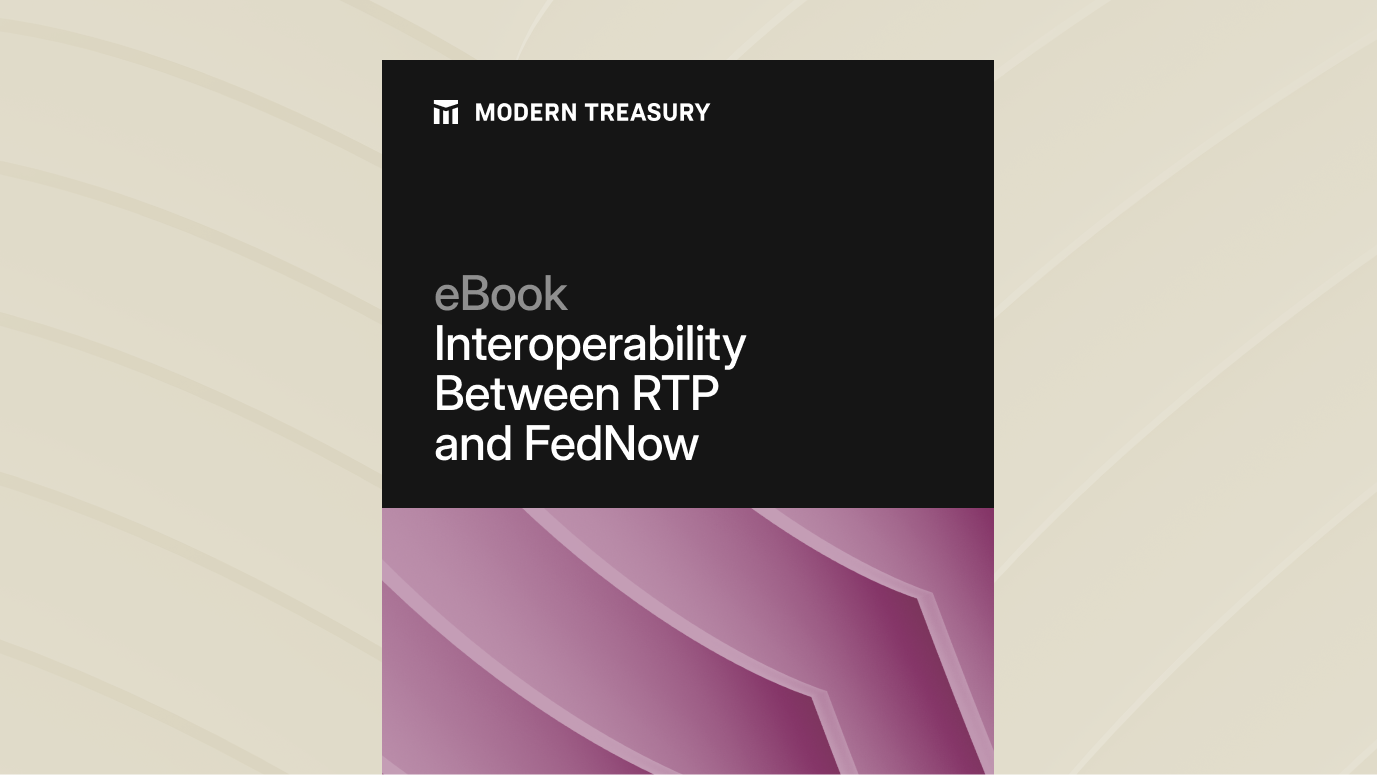Join us at Transfer 2025 to hear how industry leaders are building payments infrastructure for a real-time world.Register Today →
Will RTP and FedNow Adoption Lead to Increased Payment Volume?
The rise of newer and faster payment methods like RTP and FedNow will enable businesses to move and settle money more quickly, driving adoption. This journal explores whether the U.S. will see increased payment volumes as adoption grows across large and small financial institutions.

Introduction
We've written extensively about the benefits of faster payment methods, such as Real-Time Payments (RTP). Although the U.S. was late to adopt faster payments, the demand has grown and will expand as more companies use the RTP rails. RTP has already been adopted by nearly 40 percent of large enterprises in the US, and that number is on track to grow.
In 2019, the Federal Reserve announced that it would offer its own faster payment service, FedNow, in 2023 or 2024. Their new payment system will run alongside RTP, which is operated by The Clearing House. FedNow will offer support for more financial institutions, including smaller community banks.
The rise of newer and faster payment rails will enable businesses to move and settle money more quickly, driving adoption. As adoption grows across large and small financial institutions, it will lead to increased payment volumes.
What is RTP?
Real Time Payments (RTP) launched in the United States in 2017 by some of America’s largest banks and financial institutions. Unlike ACH and wires, RTP payments clear and settle in real-time and are irrevocable. The funds are delivered 24 hours a day, 7 days a week, 365 days a year.
The credit limit for RTP payments started at $25,000 and increased to $100,000 in February 2020. There are ongoing discussions within NACHA and The Clearinghouse to increase the limit to $1,000,000 per transaction.
When it first launched, only a handful of banks supported RTP, but that number has steadily grown. Now, The Clearing House has dozens of participating banks looking to implement faster payments.
What is FedNow?
As mentioned, FedNow is the newest payment service that Federal Reserve Banks are developing to enable real-time payments for financial institutions of any size, in any community. At the moment, 110 different banks and payment processors are taking part in FedNow's pilot program.
Like RTP, FedNow payments will operate 24/7/365. They will settle instantly and will be irrevocable. The initial transaction limit will be $25,000, but as adoption grows, it’s likely they will increase the limit.
The Fed has relationships with over 10,000 different financial institutions and all financial institutions eligible to hold accounts at Reserve Banks will have access to FedNow. This broad audience will allow for more widespread adoption of FedNow, specifically for the smaller, regional banks. In fact, a recent survey by Citizens Commercial Banking found that a bank’s ability to provide RTP was the second-most important determining factor when a business chooses a banking partner.
Predictions of volume increases
Today, consumers and businesses are prioritizing convenience and speed when it comes to their payment solutions. This demand is driving adoption of instant payment solutions which look to streamline previously slow processes. The snowball effects of RTP and other global faster payment methods provide better customer service for consumers and better liquidity management.
It’s predicted that real-time payments will grow by more than 5x by 2024 in the U.S. and it’s expected to grow 40% worldwide. Businesses see the value in faster payment methods by being able to operate their cash flow more instantaneously, and by lowering costs with potentially cheaper fees than wire transfers. More than 75% of companies believe faster payments will give them a competitive advantage, and two-thirds of U.S. companies say they’re likely to adopt RTP in the next 2 years.
Some other key factors driving this adoption across the U.S. are:
- Speed: Since RTP and FedNow will operate 24/7/365 businesses no longer need to rely on traditional banking hours. This allows consumers quicker access to funds, and for businesses to have more transparency into their cash-flow to make more informed decisions.
- Data: Both FedNow and RTP will operate using the standard messaging schema, ISO 20022. ISO 20022 allows you to add descriptive remittance information to your payments. This additional description means it will be easier to reconcile payments.
- Reduced Risk: Payments made via RTP cannot be sent unless there are sufficient funds from the payer’s account. This eliminates the risk of return codes and delayed processing
Despite its currently limited availability, real-time payments has demonstrated its value and is gaining traction with more banks, who are continuing to build capabilities to send or receive with RTP. With the ubiquity FedNow will bring, it is highly likely that we’ll see a definitive increase in transaction volumes as adoption of these payment rails scale.
Next steps
Modern Treasury already works with businesses to enable RTP to move money faster and delight their customers. If you are curious about building a product with RTP into your payment workflow, send us a note.
Try Modern Treasury
See how smooth payment operations can be.







